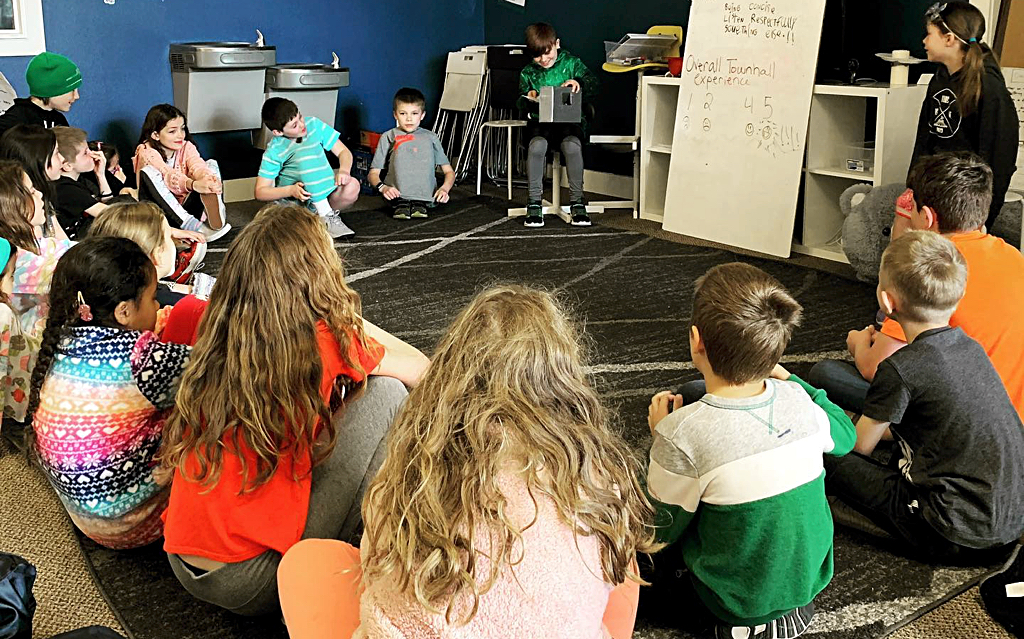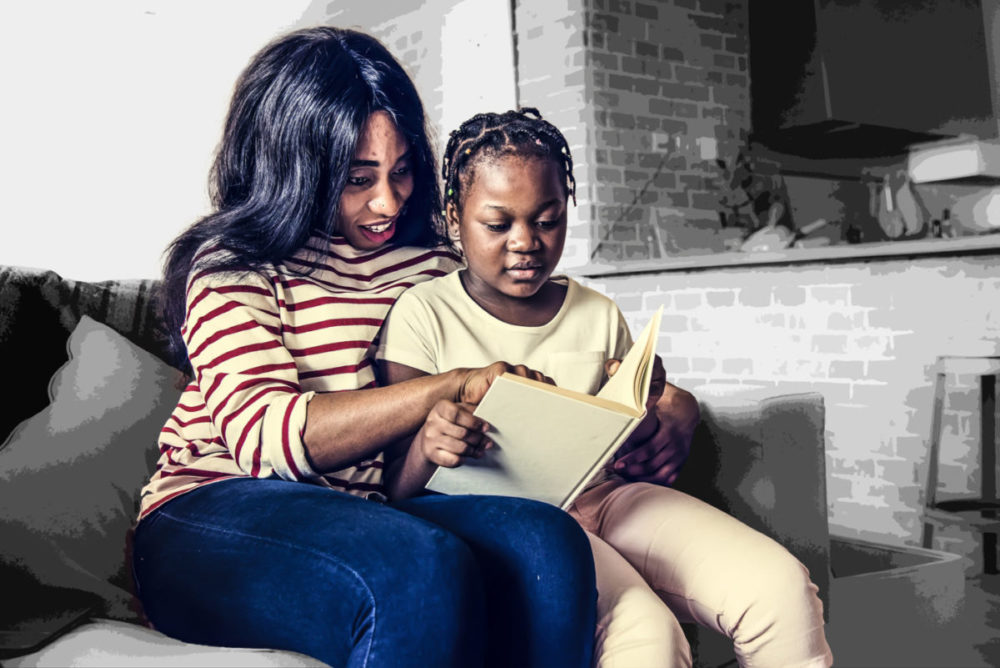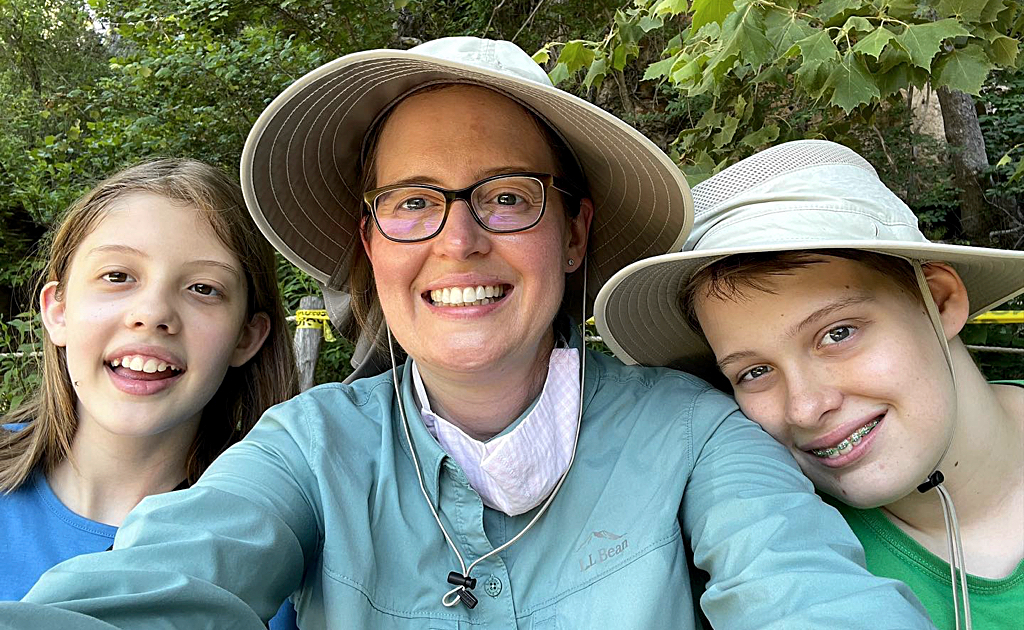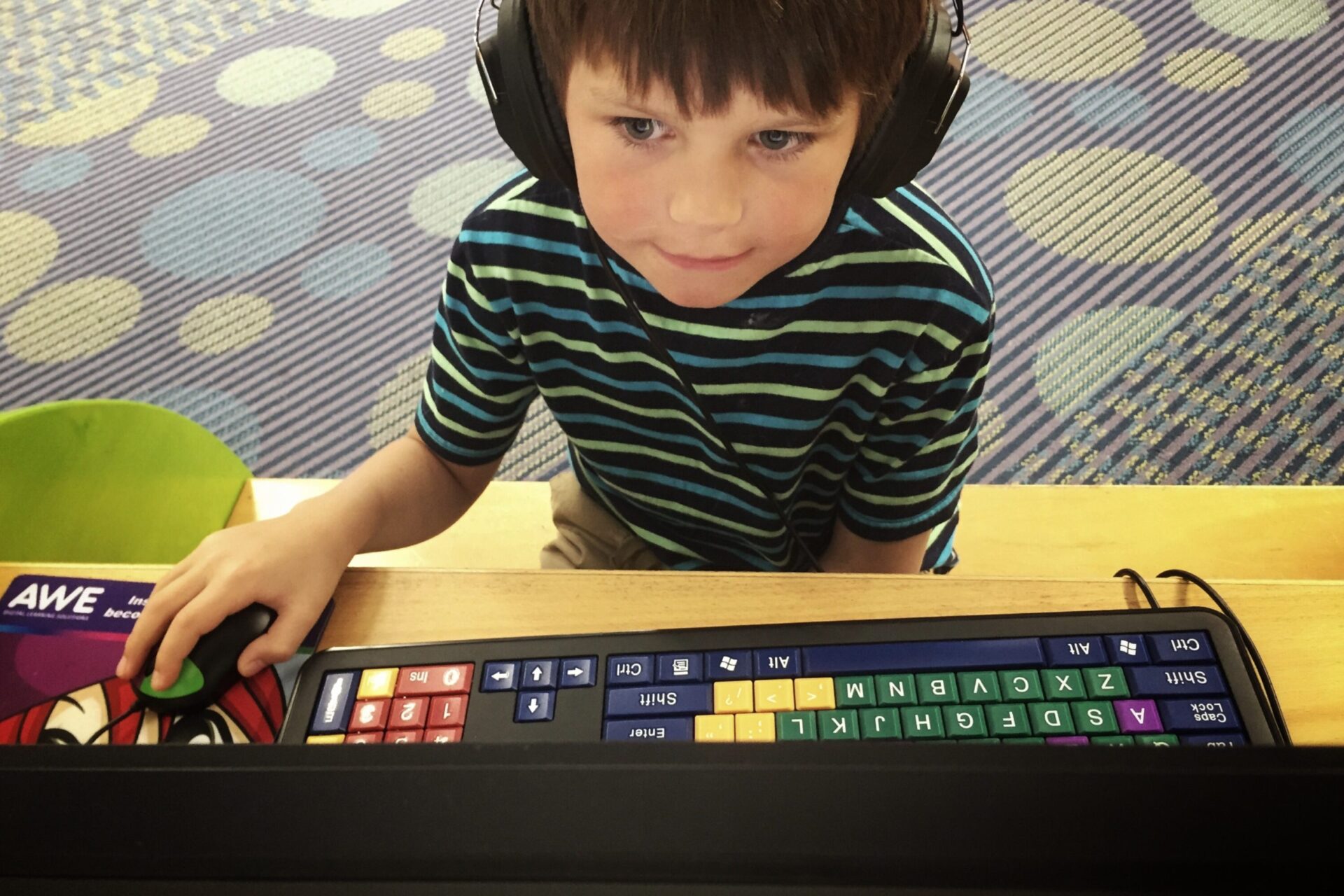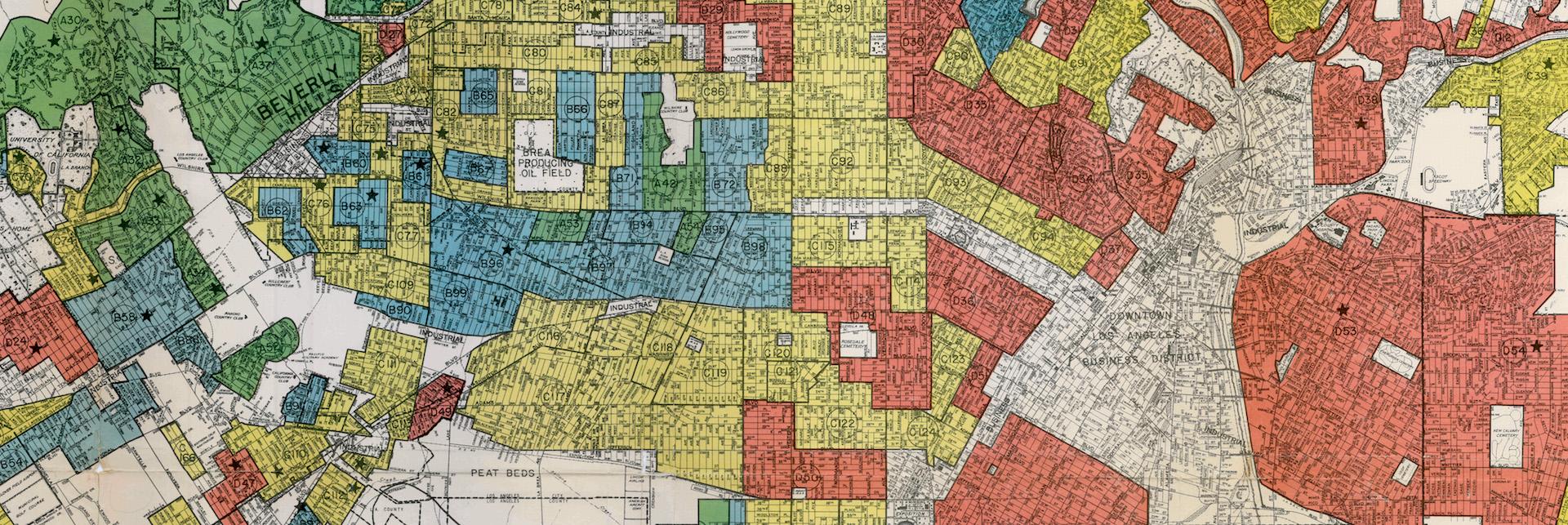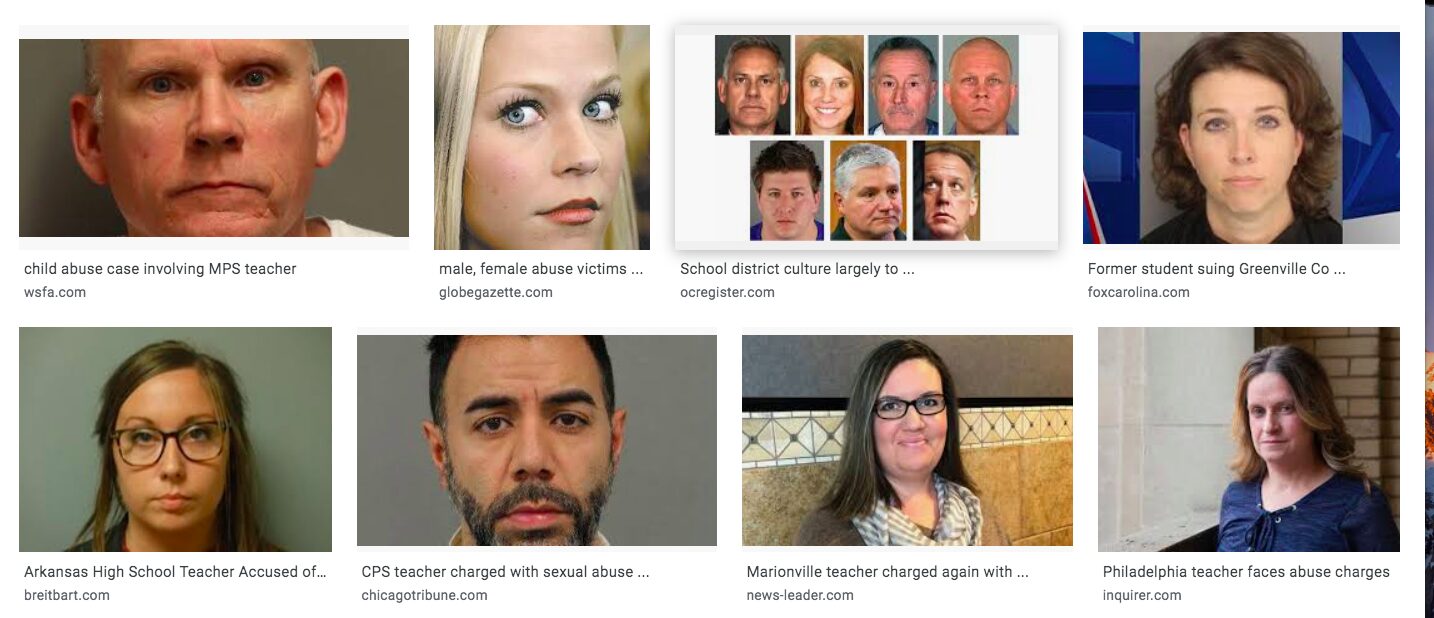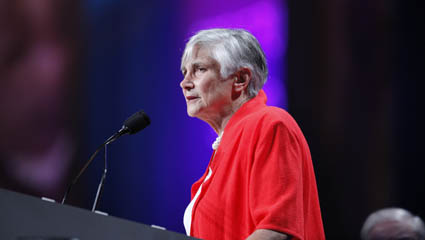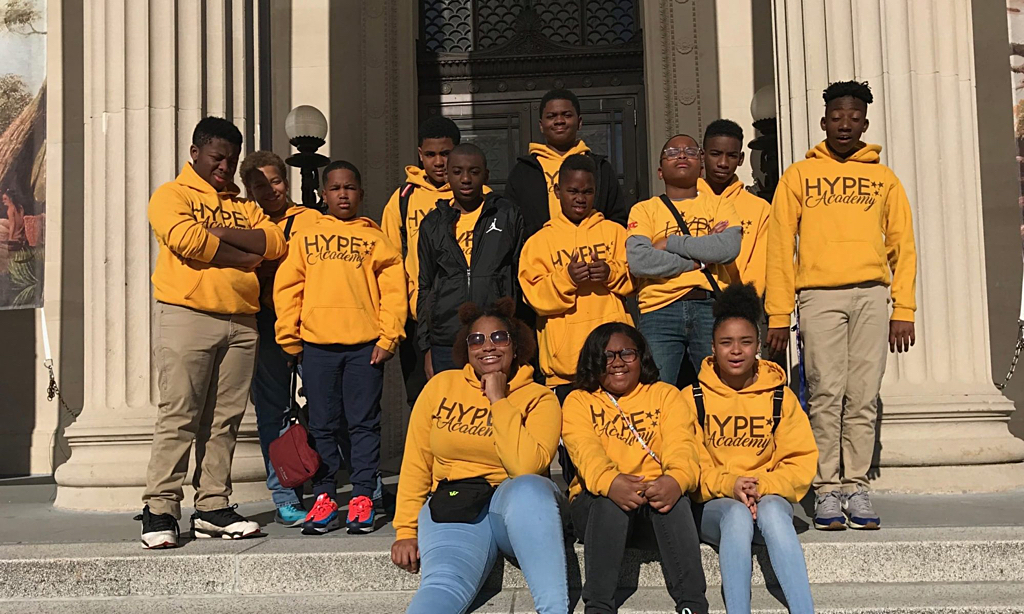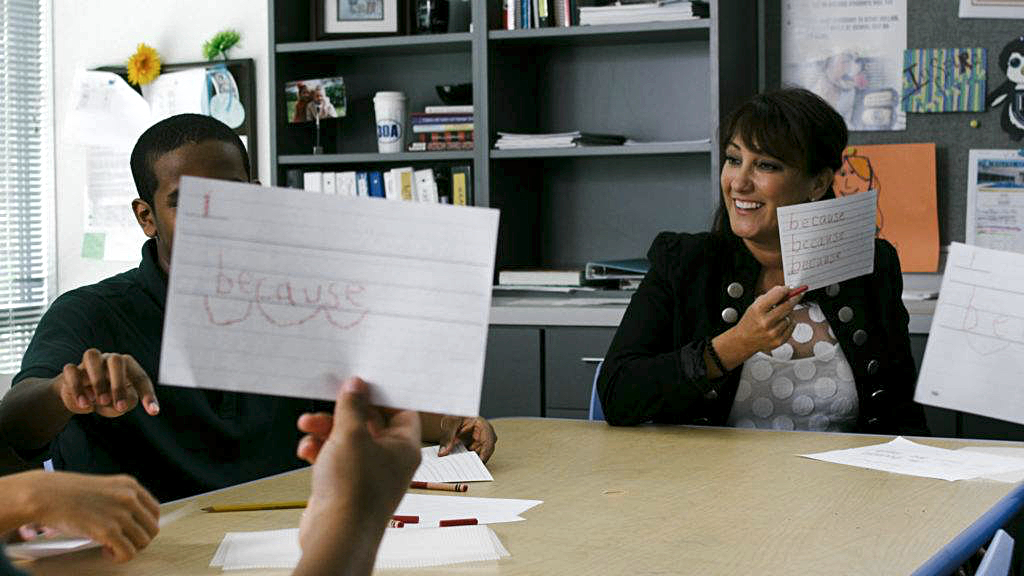
5 Ways to Supercharge Reading Success at Your School With Structured Literacy
According to the National Assessment of Educational Progress, only 35% of fourth-graders are reading at or above a proficient level. For decades, K-12 educators have tested different methods to improve the way they teach children to read. Currently, there is no national mandated approach that educators have to follow.
Structured Literacy has proven itself a successful approach for teaching students to read.
In 2016, the International Dyslexia Association created the umbrella term Structured Literacy as a unified shorthand for research-based approaches to reading, including Orton-Gillingham (OG), a direct, explicit, multisensory, structured, sequential, diagnostic, and prescriptive way to teach literacy; phonics-based reading instruction; systematic reading instruction; and synthetic phonics.
I believe there are many ways to empower teachers and help to achieve greater reading success in your school. Below, I share five key strategies you can implement to supercharge your students’ success.
Teach Structured Literacy to All Children
The Orton-Gillingham approach was initially designed to help students with dyslexia. After years of using this approach to train educators on how to teach children to read, it has been proven effective for all students, not just struggling readers.
Incorporating this method, along with structured literacy programs, in all classrooms fosters a building-wide sense of continuity, providing equity throughout schools and uniting children in learning to read.
Make Structured Literacy Part of the School’s Culture
The Structured Literacy approach should not only be implemented in individual classrooms, but also throughout the school’s overall culture. Constant exposure encourages students, allowing them to feel confident about their ability to read and understand words. By using OG and other accredited Structured Literacy programs in both classroom lessons and other school activities, teachers can lay a strong foundation that helps with long-term reading comprehension.
Barbara Wilchensky, Director of Curriculum for Language Arts Literacy at Bridgeton Public Schools, shared with us that the biggest piece of success at her school was that it has become a culture.
Everybody knows OG, everybody embraces it. Even in physical education, the P.E. teacher creates teams related to red words and their sounds. There are red words posted in the hallway—even the students are taking the lead on red word drills in some classes.
Encourage Educators to Try Something New and Be Willing to Commit
Encouraging educators to try something new and be willing to commit provides a sense of empowerment and allows teachers to spark creativity in the way they teach children how to read.
Veteran elementary special education teacher Donna Cortright, from Ossian, Indiana, teaches “C” with a cap, cape, and candy.
Orton-Gillingham lets me be creative,” Cortright said, adding that 80% of her students grasped “C” after she donned her cape. “… I’ll be Captain Candy as long as it takes. And it’s a lot of fun, too.
Not only does this benefit the students, but it allows teachers to have fun and be confident in their work.
Commit to Ongoing Support
School leaders must commit to using the Structured Literacy approach for the long term, granting teachers access to new materials and ongoing training as needed.
In some schools, administrators have provided OG training not only to classroom teachers, but also to teachers of gym, art, and music. This provides school-wide consistency for teachers and students. The more students are exposed to learning with this approach and the more it is used in other subjects, the more it provides a pattern of consistency, enabling students to achieve academic success.
Dedicate District Leadership
Teachers must feel supported not only by their schools, but also by the districts in which the schools reside. Schools and districts should provide support to teachers by offering training opportunities to take their skills to the next level.
If your teaching staff is willing to be unified in new approaches, then there is a sense of consistent, systematic foundation within the school system that will give students a strong toolkit to reach grade-level proficiency.

